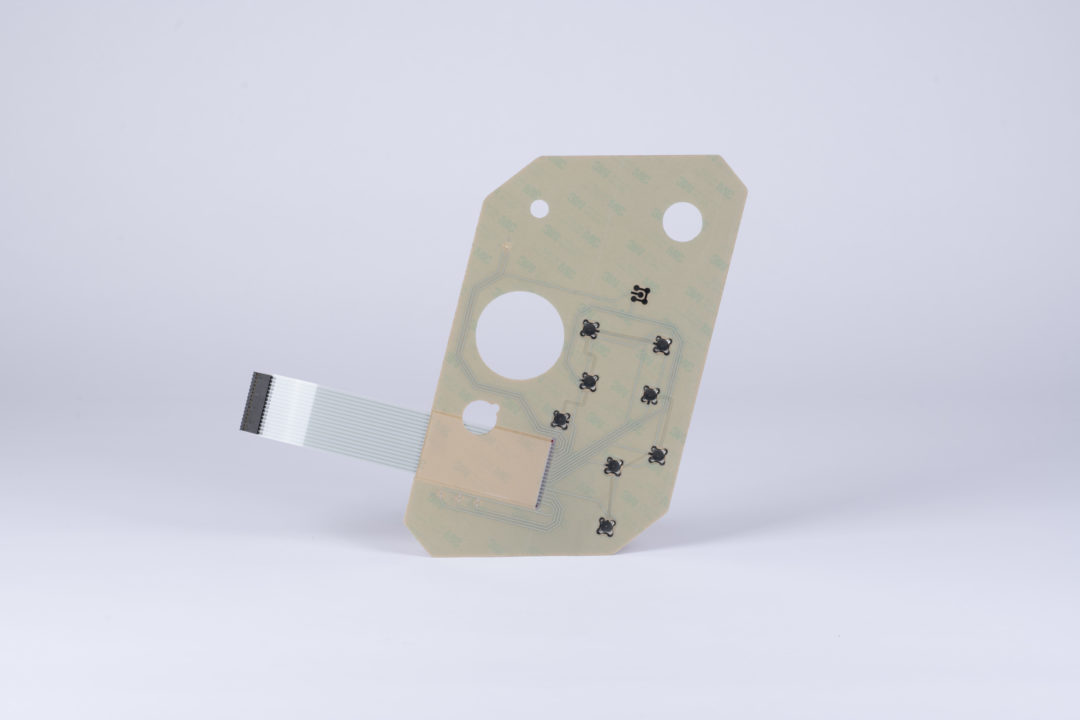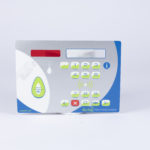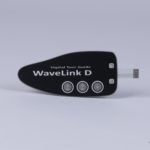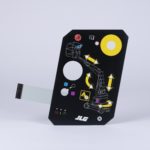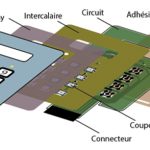Membrane Keypads
Membrane keypads are thin (around 1 mm) human-machine interfaces used to control all kinds of machines and computer devices. They are used in a number of environments, including the medical, industrial, rail, aeronautical, agricultural, machining and engineering sectors.
